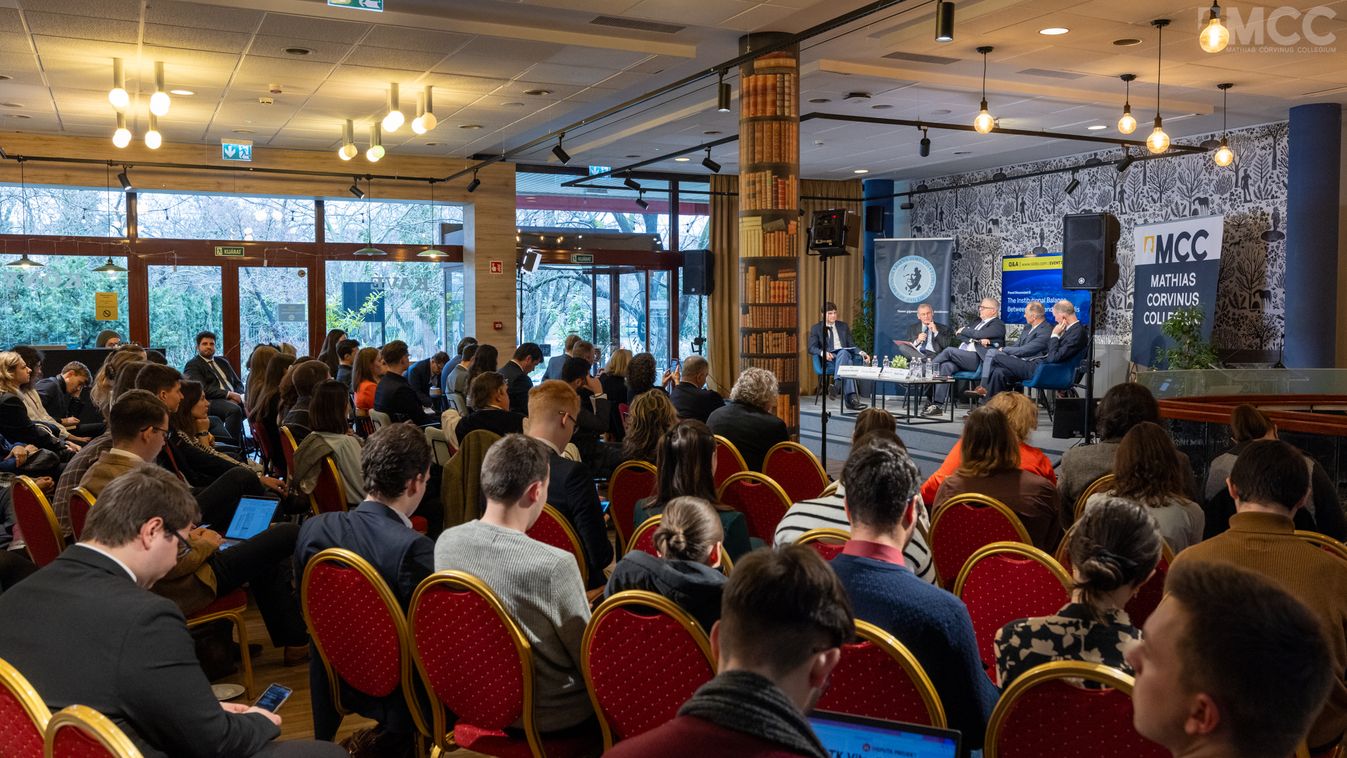It is one of the critical underpinnings of reshoring and looking at where in the world you should be manufacturing.
A lot of new terms have come to use such as “reshoring”, “nearshoring” or “right-shoring”. How do you see the perspective of this trend in the United States?
In my view, this is a gradual evolution. In today’s environment, it is an analytical and thoughtful process to determine where to manufacture. Should you bring back some manufacturing to the U.S. to meet the needs of the local markets? The same is true in Europe - should you bring back manufacturing to the U.K. or to France to serve these local markets? That is one trend. I think it is a maturing thought process also. There are manufacturing executives who are thinking differently about the global environment today.
Globalization is here to stay but must be better understood.
One of the things I think is not well-recognized is that we have a global economy. The global economy is very interdependent. It is impossible to survive as an isolated country. We are completely dependent on the global economy. Your manufacturing strategies need to reflect that as well.
If you take at Europe, how do you the position of the Central-European region in the European Union from this perspective? What policies should or could either the EU or countries in Central-European adopt to become the production powerhouse of Europe?
It is really important to start with cost structures because businesses make decisions based on economics. Businesses do not make decisions based on how they feel.
Central Europe can provide low-cost manufacturing areas and capabilities that are growing to serve the entire European market in the future and as an alternative to China.
I think we are going to see countries like France, Germany and the U.K. bringing their manufacturing back from China and locating new factories in countries of Central-Europe where the cost-structures are very competitive.
Besides the cost structure, what else do you think is important for this region to be competitive?
We have a current problem in the U.S. with labor shortages. We have a few million job openings but no workers with the right skills to fill the positions.
Addressing the problem of skilled labor is crucial.
The manufacturing work environment has changed due to digitization. For example, somebody needs to learn how to run a robot instead of doing the job of a robot. It is upskilling and retraining labor that is required now to fill the jobs available. The way to solve this challenge is through apprenticeships and technical training. We have to provide training to prepare manufacturing workers for the jobs currently available and for the future. There is no question we are rapidly moving towards digitization. The widespread introduction of new technologies is going forward fast.













